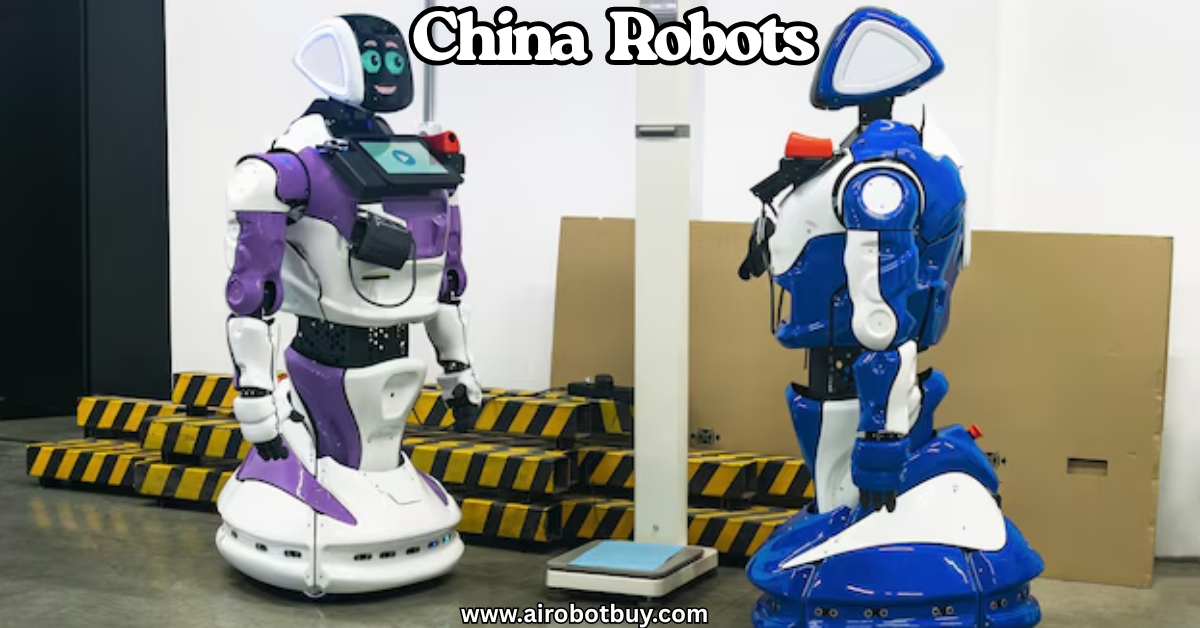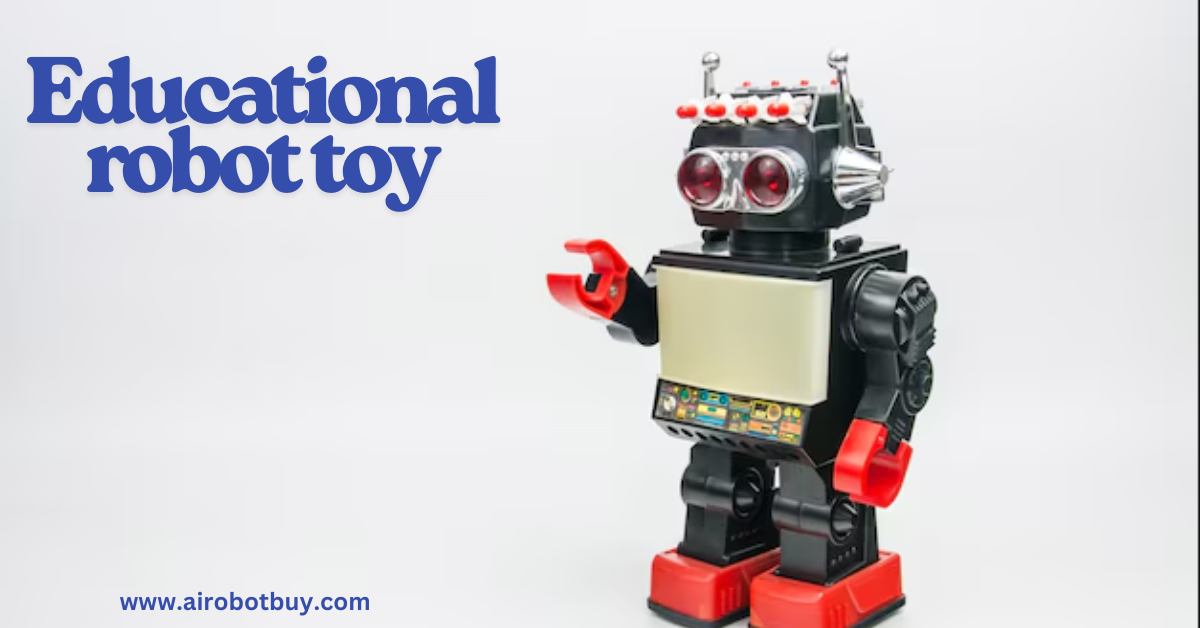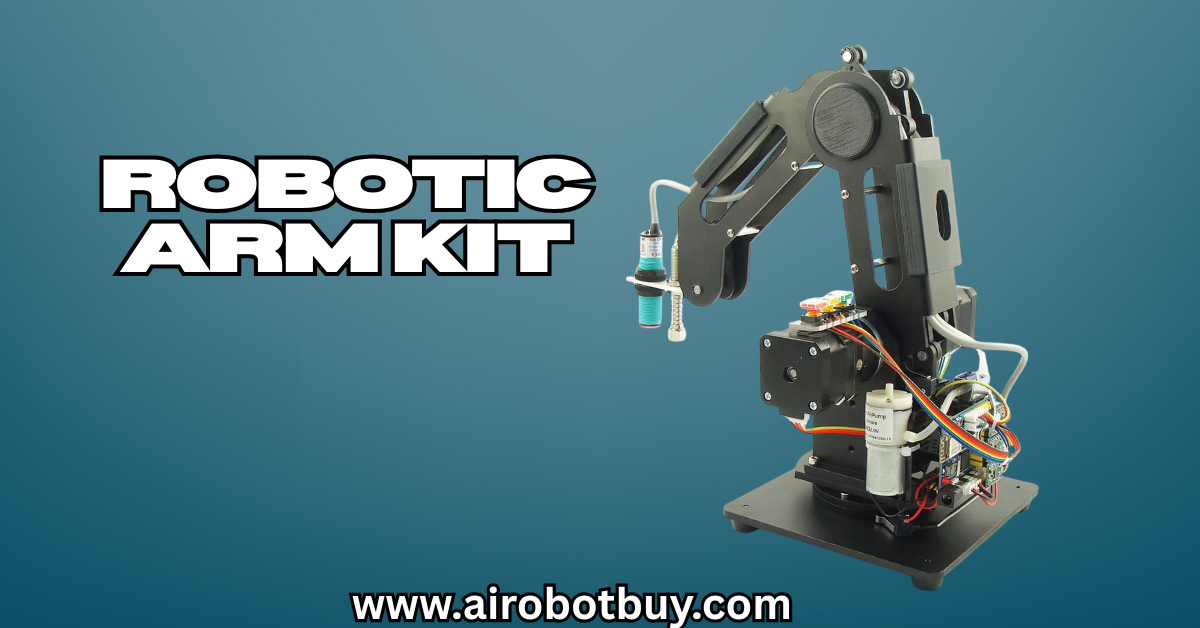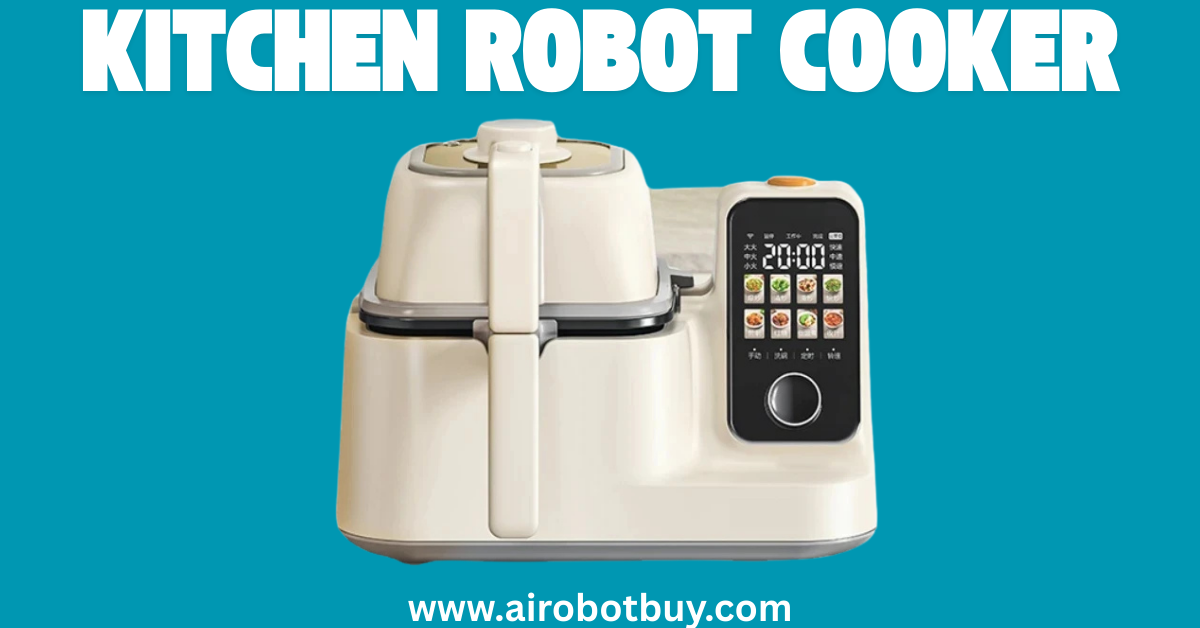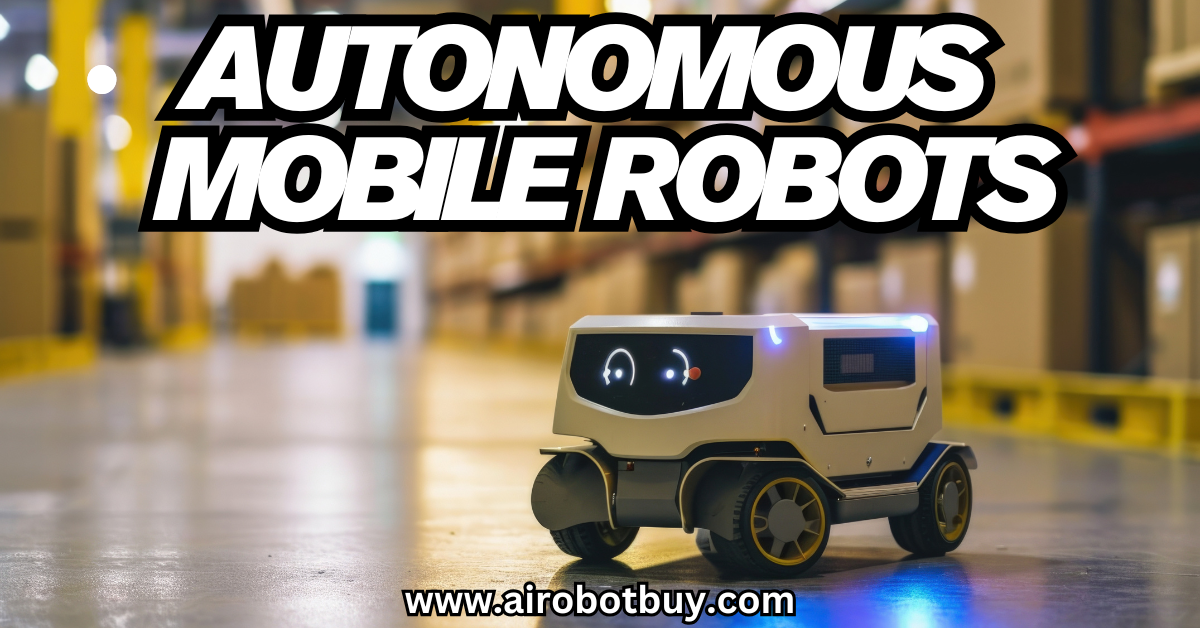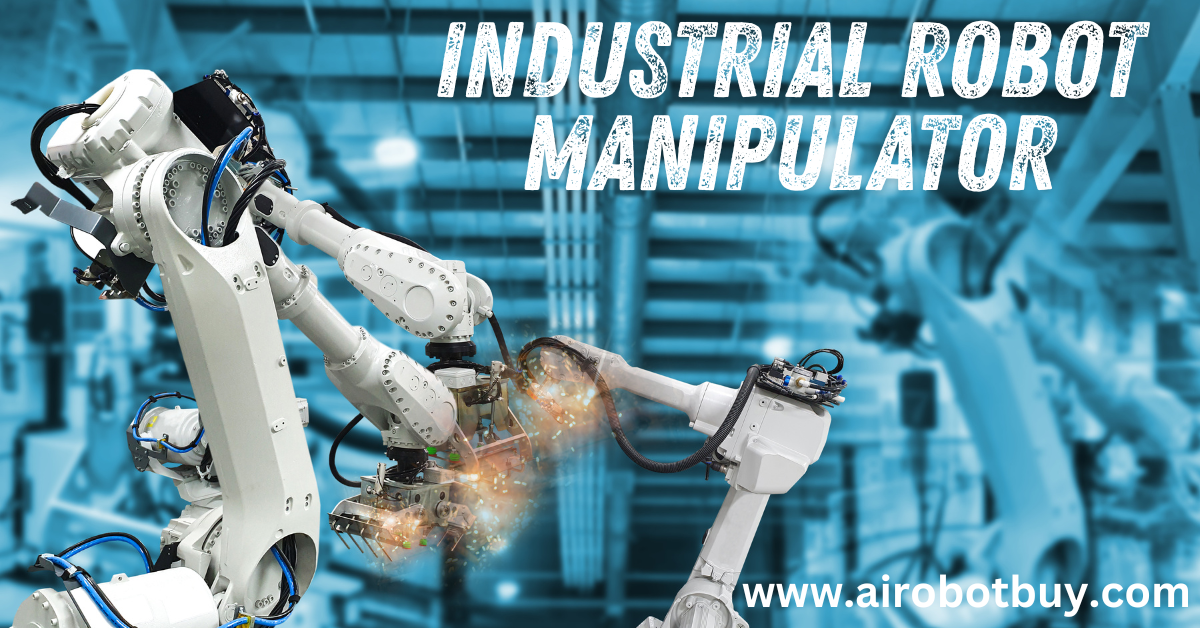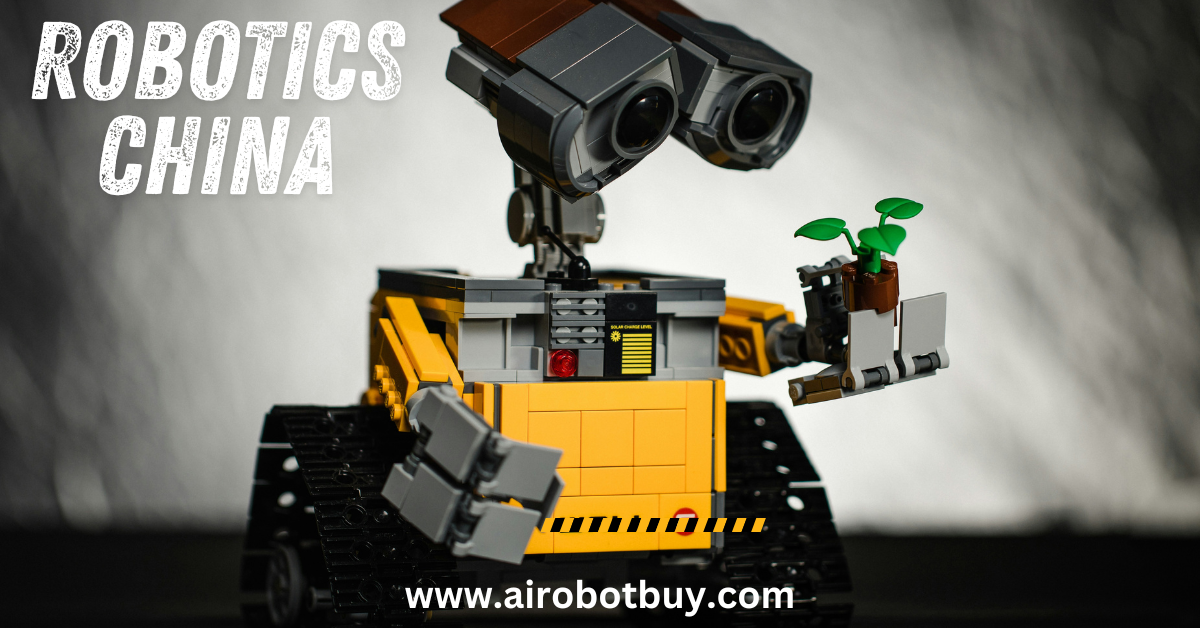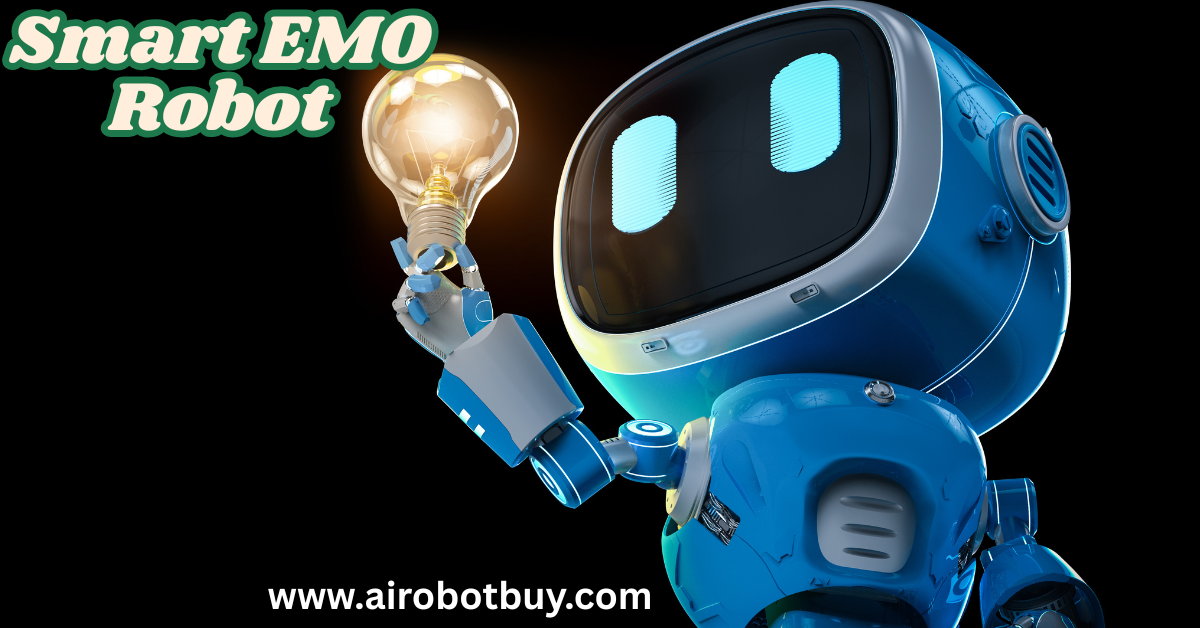AI-powered robotics is revolutionizing industries by enabling robots to perform complex tasks with intelligence and adaptability. From manufacturing and healthcare to logistics and smart homes, AI-driven robots are shaping the future of automation. This article explores how artificial intelligence enhances robotics and the key trends driving this technological evolution.
What Are AI-Powered Robots?
AI-powered robots integrate machine learning, computer vision, and natural language processing to analyze data, make decisions, and improve efficiency. Unlike traditional robots that follow predefined instructions, AI-enabled robots can learn, adapt, and perform dynamic tasks autonomously.
Evolution of AI in Robotics
AI’s integration into robotics began in the late 20th century, but significant breakthroughs in deep learning, cloud computing, and big data analytics have accelerated its growth. Today, robots can recognize objects, process language, and even interact with humans in a meaningful way.
Types of AI-Powered Robots
AI-driven robots serve various industries, enhancing productivity and efficiency:
- Industrial AI Robots – These robots optimize manufacturing through predictive maintenance, quality control, and automated assembly.
- Healthcare AI Robots – Used for robotic-assisted surgeries, patient monitoring, and drug discovery.
- Autonomous Vehicles and Drones – AI-driven navigation enables self-driving cars and delivery drones.
- Service Robots – AI chatbots, robotic assistants, and smart home devices enhance convenience and automation.
- Agricultural AI Robots – Robots equipped with AI analyze soil conditions and optimize crop management.
Key Advancements in AI-Powered Robotics
Several breakthroughs are driving the adoption of AI in robotics:
1. Machine Learning and Deep Learning
AI algorithms process vast amounts of data, enabling robots to improve decision-making and automate complex tasks.
2. Computer Vision and Image Recognition
AI-powered robots use cameras and sensors to detect objects, recognize faces, and navigate environments.
3. Natural Language Processing (NLP)
Robots can understand and respond to human language, improving human-robot interaction in customer service and healthcare.
4. Edge Computing and Cloud Robotics
Cloud-based AI enhances robots’ learning abilities, while edge computing enables real-time processing and faster decision-making.
5. Reinforcement Learning
AI-powered robots learn from trial and error, enhancing adaptability and self-optimization over time.
Benefits of AI-Powered Robotics
- Increased Efficiency – AI enhances automation, reducing operational costs.
- Improved Accuracy – AI-driven robots perform precision tasks with minimal errors.
- Enhanced Safety – AI robots handle hazardous tasks, improving workplace safety.
- Scalability – AI enables robots to operate across multiple industries and applications.
Challenges and Solutions
Despite the rapid advancements, challenges remain:
- High Development Costs – Solution: Open-source AI frameworks and affordable hardware reduce costs.
- Ethical Concerns – Solution: Implementing responsible AI practices ensures fair and unbiased robot behavior.
- Workforce Impact – Solution: Upskilling workers to collaborate with AI-powered robots creates new job opportunities.
Future Trends in AI-Powered Robotics
- AI-Powered Humanoid Robots – Capable of natural interactions and complex decision-making.
- Self-Learning Robots – Machines that adapt to changing environments with minimal human intervention.
- AI in Smart Homes – AI-driven home assistants and security robots enhance living standards.
- AI-Driven Supply Chain Optimization – Robots streamline logistics and warehouse automation.
- Medical AI Robotics – AI will continue to improve surgical precision and personalized healthcare.
Conclusion
AI-powered robotics is revolutionizing industries, offering intelligence, adaptability, and automation like never before. As AI continues to advance, robots will become more integrated into daily life and business operations, shaping the future of technology and human collaboration.
Stay tuned for our next article on Service Robots and their impact on homes and businesses!



















